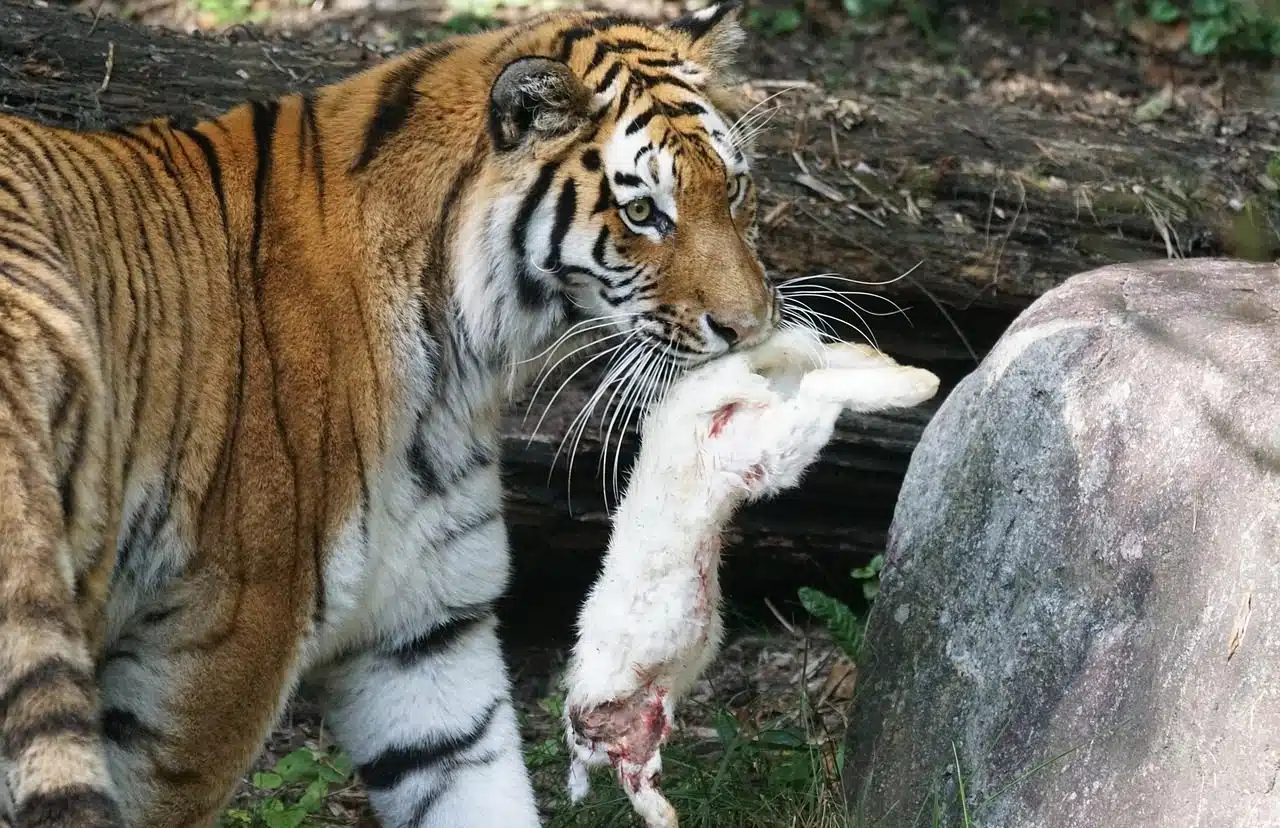
Interspecific relationships develop between specimens of different species.
Interspecific relationships are links that occur between organisms that belong to different species. These are interactions that have different characteristics depending on the animals in question.
It should be noted that living beings that coexist in an ecosystem develop different types of relationships . In some cases, the links are maintained by specimens that belong to the same species and are called intraspecific relationships ; in others, the association is classified as interspecific .
Example of interspecific relationships
A parasite and its host , in this sense, maintain an interspecific relationship. An example of this relationship is the one between ticks and cows: the first is a parasite that benefits from the cow, absorbing its blood. The cow, in this relationship, does not obtain any benefit, quite the opposite.
Another interspecific relationship is the one that a commensal forges with its host , known as commensalism . The remora is a fish that can attach itself to a larger organism , such as a whale, to move. In this interspecific relationship, the diner obtains a benefit but does not harm the host.
Symbiosis is an interspecific relationship that brings mutual benefits to species . The clownfish usually hides between the tentacles of the actinia to protect itself from its predators; The presence of the clownfish, in turn, is beneficial to the actinia since it provides protection from its own predators.
Inquilinism allows an individual to take refuge in the body of another; The latter may be alive or dead, depending on the case, since the only beneficiary in this relationship is the former. A common example is hermit crabs, which take advantage of the shells of dead snails.

Predation is an interspecific relationship.
The competition
On the other hand, we can mention the interspecific relationship maintained by species that compete with each other to keep prey . A fox and a wolf can compete to hunt and feed on a rodent, to name one possibility. Competition can also take place to obtain other types of resources, such as light, water or physical space in which to settle or develop.
The relationship of competition between species harms all parties involved, to a greater or lesser extent , since it ends up limiting the access of all of them to these resources. Sea anemones exhibit this type of behavior: they usually compete to keep a piece of land that they have chosen.
Predation, an interspecific relationship
One of the best-known interspecific relationships is predation , although at first glance it is difficult for us to classify it as such. It is achieved when individuals of one species feed on those of another; The former are called predators and the latter, prey .
It is important to distinguish between the killing carried out by animals such as big cats or eagles, and humans; While the former are born prepared to take on the difficult task of maintaining the natural balance by eliminating certain individuals of other species and taking advantage of them for food, human beings do not have the necessary natural tools, and that is why they have developed a system of exploitation based on use of artificial weapons and crowding techniques.
Other types of links
Among the positive or mutually beneficial interspecific relationships is mutualism . A clear example is the bond that some species of birds maintain with mammalian animals such as horses and cows: in short, the former remove ticks, lice and fleas, as a form of relaxation therapy, from the latter, and the latter Instead, they offer them food (the insects themselves).
We can also talk about protocooperation , which benefits two individuals or populations mutually, although they do not depend on this relationship to survive (so much so that they can live separately). Two examples are pollination and seed dispersal.
